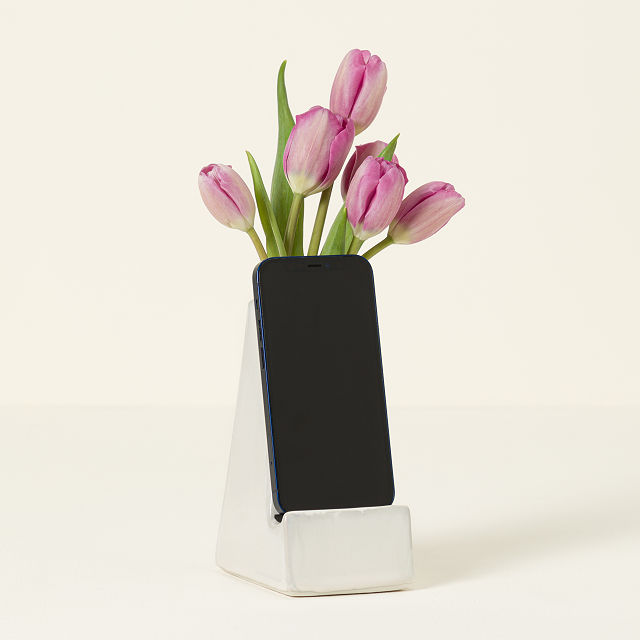Chip Succulent – Beauty and the Beast
Despite Chip’s flawed appearance, no liquids need spill from this pot inspired by the little cup from Beauty and the Beast. The faux succulent will thrive happily without watering so it’s no wonder Chip is smiling.
Despite Chip’s flawed appearance, no liquids need spill from this pot inspired by the little cup from Beauty and the Beast. The faux succulent will thrive happily without watering so it’s no wonder Chip is smiling.
- Fully sculpted pot
- Chip design
- High gloss glaze finish
- Faux succulent set in coarse sand
- Sand is glued together and stuck in pot
- Inspired by Dinsey’s animated Beauty and the Beast (1991)
- Pot: ceramic
- Succulent: man-made materials
- 5” H x 3” Diameter
- Imported
Item No. 465041818067
Additional information
| Diameter | 5'' H x 3'' |
|---|






Reviews
There are no reviews yet.